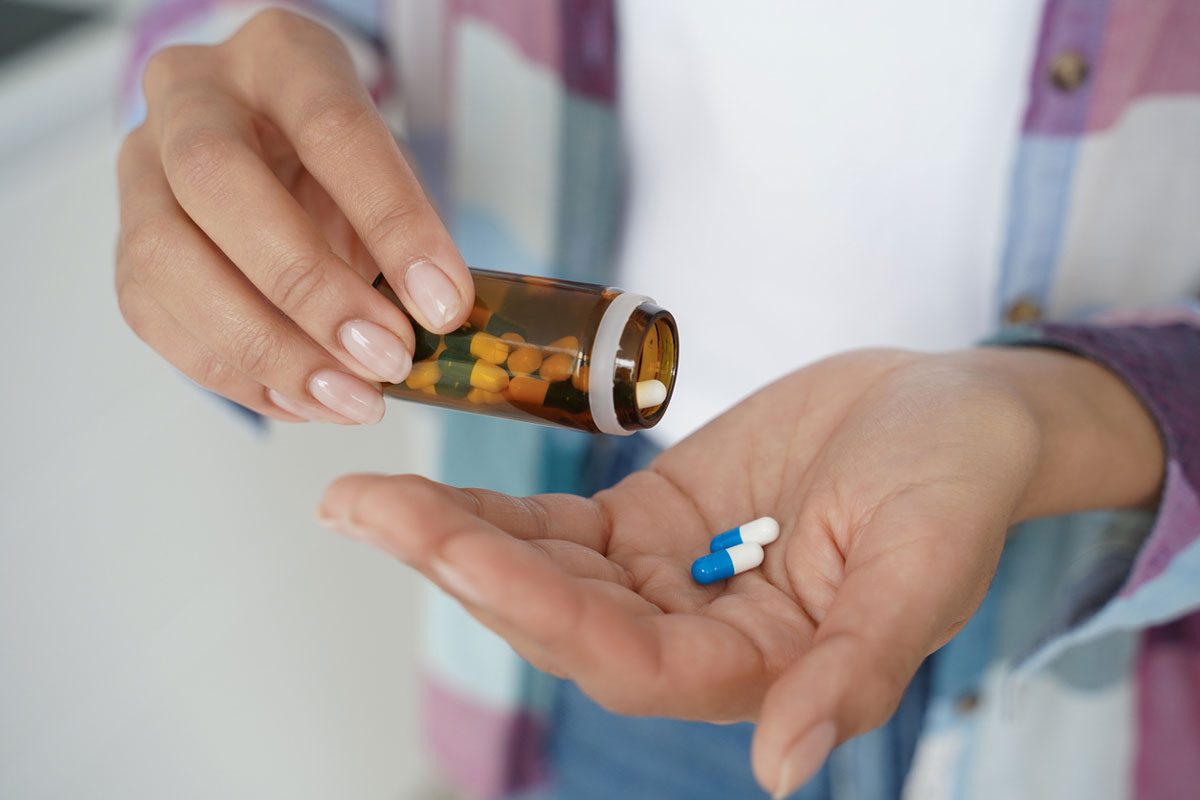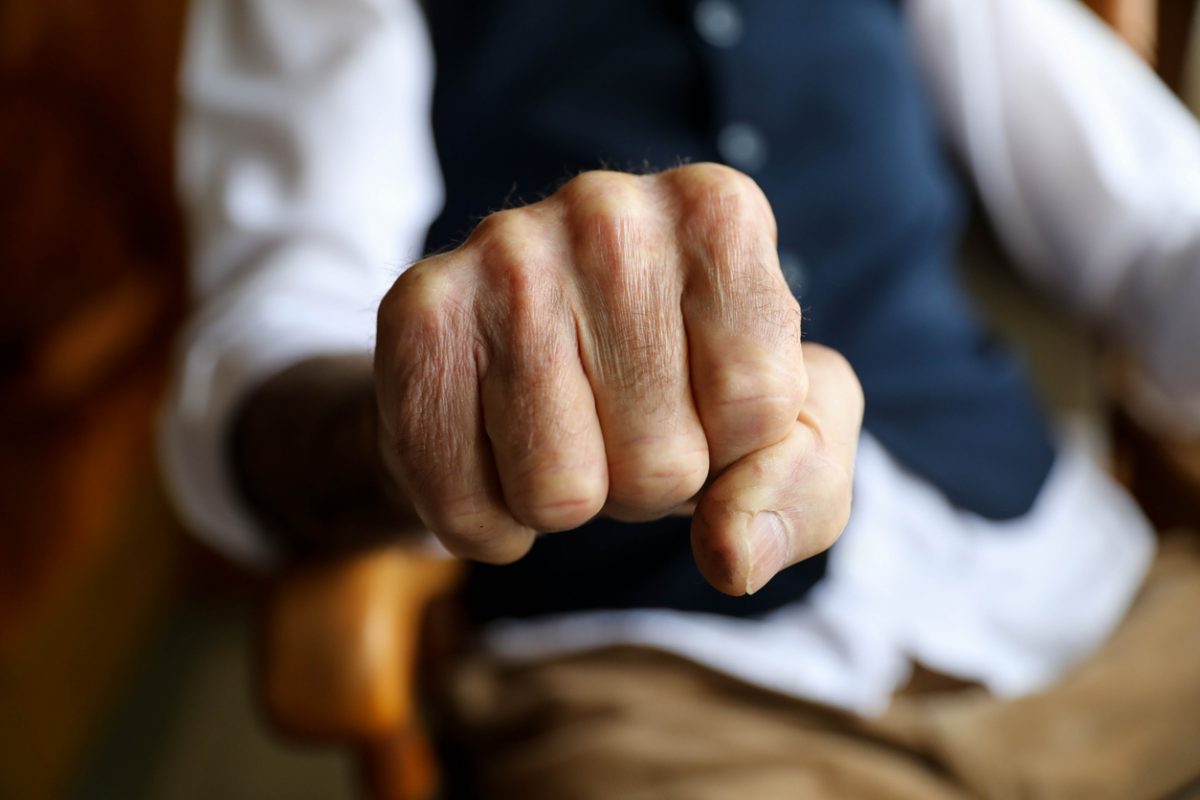Letter to the Editor
Activation Induced by High-Dose Ziprasidone: A Case Report
Activation Induced by High-Dose Ziprasidone: A Case Report
To the Editor: Ziprasidone is an atypical antipsychotic with a demonstrated antipsychotic profile mediated by dopamine D2 antagonism, serotonin 5-HT2A antagonism, and 5-HT1A agonism. There have been a few reports of activation at US Food and Drug Administration-approved dosages.1-6 Ziprasidone has been used in dosages well above 160 mg/d by clinicians and has been shown to be effective and well tolerated in patients with schizophrenia.7 Here we report a case of psychomotor activation in a patient who was treated with higher than 160 mg/d of ziprasidone owing to lack of response to lower doses of prior antipsychotics.
Case report. Mr A is a 43-year-old man suffering from schizoaffective disorder (DSM-IV) since age 23 with type 2 diabetes mellitus. He has had many hospitalizations and been tried on various typical and atypical antipsychotic treatment alone and in combination with minimal improvement in psychiatric symptoms. While taking olanzapine 10 mg/d, he agreed to participate in an open-label high-dose ziprasidone study for patients with type 2 diabetes and schizophrenia.
Over a period of 3 weeks, Mr A was titrated up to 320 mg/d of ziprasidone, while olanzapine was tapered and discontinued. To prevent activation at low doses, Mr A was quickly titrated up to 160 mg/d of ziprasidone over 4 days. The cross-taper with olanzapine had been completed when the patient was on 320 mg of ziprasidone. There was no psychomotor activation noticed during the cross-taper. Mr A was maintained on stable doses of valproic acid and benztropine 19 months prior to enrollment and throughout the study and had a therapeutic serum valproic acid level of 101.6 mg/dL during the study. At study baseline, his Positive and Negative Syndrome Scale (PANSS) score was 86. After 9 days of ziprasidone monotherapy (at 320 mg/d), Mr A was noted to be more outgoing, talkative, irritable, restless, and jittery, which was quite different from his usual taciturn and withdrawn presentation prior to starting ziprasidone treatment. However, at no point did he meet DSM-IV criteria for mania or hypomania. He was also noted to have mild akathisia on baseline evaluations using Barnes Akathisia Rating scale,8 which remained the same throughout the study, namely 2 (mild).
After 16 days of monotherapy with ziprasidone 320 mg, Mr A’s psychotic symptoms showed minimal change (PANSS = 86). Compared to baseline PANSS evaluation, PANSS item scores of conceptual disorganization, hallucinatory behavior, and disorientation improved, while hostility, uncooperativeness, guilt feelings, and depression item scores worsened. Later that day, while watching TV, Mr A got excited and attempted to throw a chair at another patient who had not provoked him in any way. Ziprasidone was lowered to 280 mg as it was thought to be the cause of the patient’s activation. Mr A continued to be restless and jittery after 11 days of dose reduction with no change in akathisia score. After 3 weeks on ziprasidone 280 mg, Mr A had another episode of agitation during which he hit a nurse on the shoulder after she refused to give him a "high five." Mr A received 2 mg of lorazepam IM prn after this episode. It was decided to terminate Mr A’s participation in the study, and he was started on clozapine therapy. The patient had another mild episode of agitation 2 days after clozapine treatment was started while he was still on ziprasidone 280 mg. Once clozapine dosage of 300 mg/d was reached, the patient developed good behavioral control. Currently, Mr A remains on a combination of ziprasidone 160 mg/d and clozapine 300 mg/d without any further incidents.
While other reasons may have contributed to the patient’s psychomotor activation, it appears that the high dose of ziprasidone may have played a significant role. Activation has also been reported on lower dosages of ziprasidone. Brieger2 reported a case of ziprasidone-associated psychomotor activation (decreased sleep, talkativeness, high self-esteem, and racing thoughts) in a patient with schizoaffective disorder bipolar type, when treated with ziprasidone 100 mg/d for 8 days and then again at 120 mg/d after 8 days of ziprasidone rechallenge. Nolan and Schulte1 reported a case of a patient with schizophrenia who developed psychomotor activation (increased energy, elated mood, jumping, singing, and dancing on tables and chairs) after 2 days of ziprasidone 160 mg/d. Larson and Hauser3 reported a case of a 17-year-old adolescent with schizophrenia who developed psychomotor activation (decreased sleep, hypervigilance, pressured speech, agitation) within 3 days of 160 mg/d of ziprasidone treatment. These cases showed activation due to ziprasidone occurring within a very short time span. In contrast, Keating et al4 reported 2 patients with schizophrenia who developed psychomotor activation (Case A: worsening insomnia, increased energy, feeling wired) and mania (Case B: chatty, euphoric, pressured speech, irritable, hypersexuality) after 40 days and 5 months, respectively, of ziprasidone exposure. Psychomotor activation in all these cases may have been a manifestation of mania or hypomania secondary to ziprasidone. In contrast to these cases, our patient developed psychomotor activation after 16 days of ziprasidone monotherapy. Furthermore, Keating et al4 observed that in previous case reports, patients with schizophrenia1,2 and schizoaffective disorder3 had concurrent exposure to antidepressants and therefore they suggested serotonin reuptake inhibition as a possible mechanism, in addition to the effects of ziprasidone’s potent inhibition of 5-HT transporters. Our patient was not taking antidepressants.
There are no clinical data available describing the relative incidence of activation at higher doses of ziprasidone when compared to lower doses. Stahl and Shayegan9 theorize that ziprasidone at lower doses (< 120 mg/d) may cause behavioral activation due to its very potent 5-HT2c receptor blockade (which may disinhibit both dopamine and norepinephrine in the cortex) and weak D2 receptor blockade in limbic areas. Because ziprasidone is also a potent 5-HT1A receptor agonist (shown to cause dopamine release in prefrontal cortex), 5-HT1D receptor antagonist (disinhibits serotonin release), and monoamine transporter inhibitor, any of these mechanisms alone or in combination may cause psychomotor activation in susceptible individuals at higher doses (> 120 mg/d). It is difficult to ascertain if Mr A would develop activation on lower doses of ziprasidone. To prevent activation at low doses, Mr A was quickly titrated up to 160 mg/d of ziprasidone over 4 days. The cross-taper from olanzapine to ziprasidone was done according to Deutschman and Deutschman’s 7 article with olanzapine being gradually decreased while ziprasidone was increased to 320 mg. Olanzapine taper was completed over 21 days and may have protected our patient against activation. After finishing the study, he was maintained on 300 mg/d of clozapine and 160 mg/d of ziprasidone. Therefore on both occasions, olanzapine and clozapine, respectively, may have prevented lower dose ziprasidone-induced activation.
Other etiologic hypotheses include akathisia as the cause of the observed activation. We do not believe that this was the case as no change in Barnes Akathisia scores (score of 2 = mild) was observed throughout the study. Another possibility to consider is an antipsychotic withdrawal syndrome.5 In our case, olanzpine was tapered over 21 days, allowing for a gradual reduction of olanzapine-induced D2 blockade. In addition, the described activation episode occurred 16 days after olanzapine treatment was completely discontinued, reducing the likelihood of an antipsychotic withdrawal reaction as a possible mechanism.
The present case indicates that activation can occur at high doses (ie, greater than 160 mg/d) of ziprasidone. However, as there are no reports on dose-response relationship of activation with ziprasidone, it remains unclear whether such symptoms are the result of the magnitude of dose. Longitudinal studies are needed before conclusions can be drawn regarding the relative risks of ziprasidone-induced activation at higher doses when compared with lower doses.
References
1. Nolan BP, Schulte JJ Jr. Mania associated with initiation of ziprasidone. (letter) J Clin Psychiatry. 2003;64(3):336. PubMed
2. Brieger P. Hypomanic episodes after receiving ziprasidone: an unintended "on-off-on" course of treatment. (letter) J Clin Psychiatry. 2004;65(1):132-135. PubMed
3. Larson MF, Hauser A. Possible ziprasidone-induced mania. (letter) J Am Acad Child Adolesc Psychiatry. 2003;42(9):1012 [discussion 1012-1013]. PubMed
4. Keating AM, Aoun SL, Dean CE. Ziprasidone-associated mania: a review and report of 2 additional cases. Clin Neuropharmacol. 2005;28(2):83-86. PubMed doi:10.1097/01.wnf.0000159952.64640.28
5. Moncrieff J. Does antipsychotic withdrawal provoke psychosis? review of the literature on rapid onset psychosis (supersensitivity psychosis) and withdrawal-related relapse. Acta Psychiatr Scand. 2006;114(1):3-13. PubMed doi:10.1111/j.1600-0447.2006.00787.x
6. Lu BY, Lundgren R, Escalona PR, et al. A case of ziprasidone-induced mania and the role of 5-HT2A in mood changes induced by atypical antipsychotics. (letter) J Clin Psychiatry. 2002;63(12):1185-1186. PubMed
7. Deutschman DA, Deutschman DH. High-dose ziprasidone in treatment-resistant schizophrenia and affective spectrum disorders: a case series. (letter) J Clin Psychopharmacol. 2007;27(5):513-514. PubMed doi:10.1097/JCP.0b013e31814cface
8. Barnes TR. A rating scale for drug-induced akathisia. Br J Psychiatry. 1989;154:672-676. PubMed doi:10.1192/bjp.154.5.672
9. Stahl SM, Shayegan DK. The psychopharmacology of ziprasidone: receptor-binding properties and real-world psychiatric practice. J Clin Psychiatry. 2003;64(suppl 19):6-12.
Author affiliations: Nathan S. Kline Institute for Psychiatric Research, Orangeburg (Dr Sashank Kaushik and Ms Maccabee); and the Department of Psychiatry, New York University School of Medicine, New York (Drs Saurabh Kaushik and Lindenmayer), New York. Financial disclosure: Dr Lindenmayer is a consultant for Lilly and Johnson & Johnson and has received grant/research support from Astra-Zeneca, Bristol-Myers Squibb, Janssen, Lilly, and Pfizer. Drs Kaushik and Kaushik and Ms Maccabee report no financial or other relationship relevant to the subject of this report. Funding/support: None reported. The patient was a participant in a study (Clinical Trials.gov Identifier NCT00395031) sponsored by Pfizer.
doi:10.4088/JCP.08l04400
© Copyright 2009 Physicians Postgraduate Press, Inc.
This PDF is free for all visitors!




